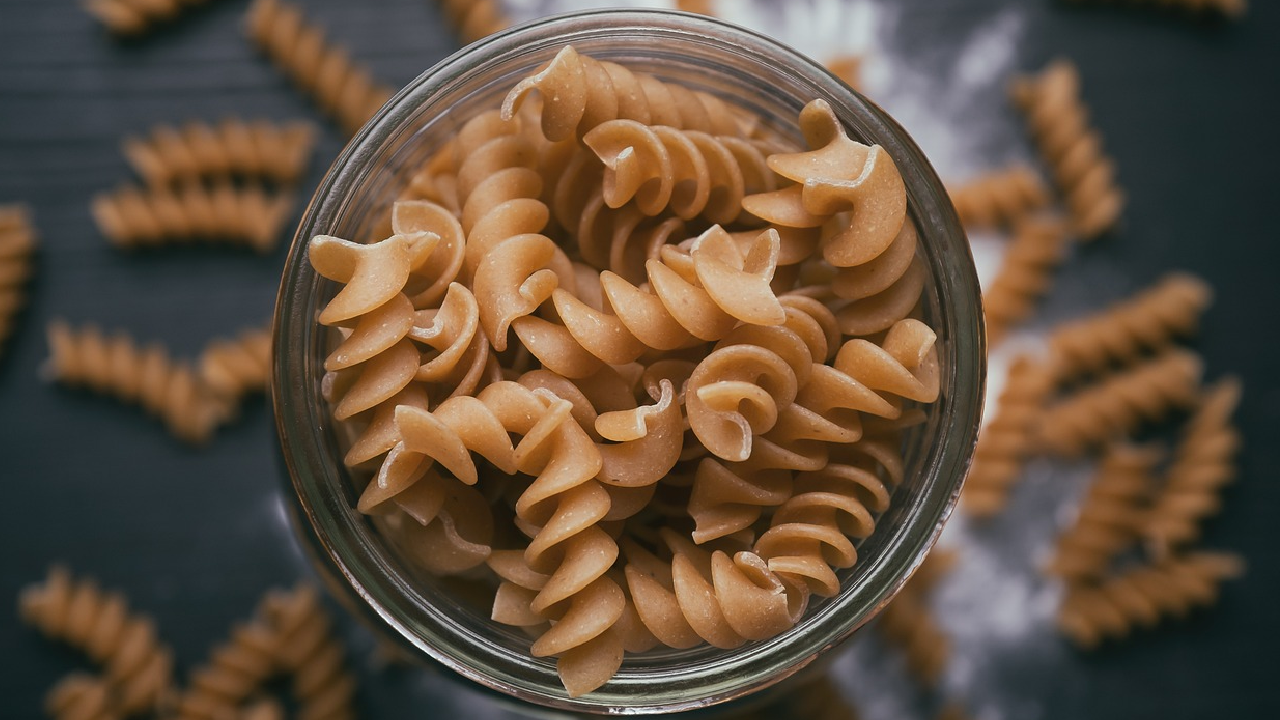
India is the world’s top producer of pearl millet, a highly nutritious grain packed with essential nutrients like protein, vitamins, and minerals. It’s also gluten-free, making it perfect for people who have gluten-related health issues. Despite its benefits, pearl millet isn’t widely used because its flour quickly turns bitter and has a dull color that consumers don’t prefer.
Challenges and Solutions
Pearl millet flour becomes bitter after a few days of storage. To solve this, the grains can be treated by roasting or boiling them in hot water, which helps to reduce bitterness and extended their shelf life.
Making Pasta
Pasta is a popular snack usually made from wheat, which contains gluten. To create a gluten-free alternative, researchers experimented with using pearl millet flour (PMF) instead.
Steps to Make Pearl Millet Pasta
-
Cleaning and Grinding: The pearl millet grains are cleaned and then roasted or boiled. Afterward, they are ground into flour.
-
Sifting: The flour is sifted to get different sizes, ensuring it is smooth and fine.
-
Mixing: The flour is mixed with water to reach the right consistency.
-
Extrusion: The mixture is put into a machine that shaped it into pasta. The pasta is then cut into small pieces and dried until it has the right moisture level.
Blending and Quality Check
Pearl millet pasta can be made by using different blends of wheat and pearl millet flour (from 100% wheat to 100% pearl millet). These blends should be tested for quality factors like protein content, cooking loss, color, and texture.
Best Blend and Conditions
The best pasta can be made using flour with a specific size and a blend of 70% wheat and 30% pearl millet. This combination produce pasta with good texture and color, while a 50:50 blend provided the most nutritional benefits.
Adding Extra Nutrition
To make the pasta even healthier, ingredients like soy flour, carrot powder, mango peel powder, and moringa leaves powder can be added. The ideal amounts are found to be 15% soy flour, 10% carrot powder, 5% mango peel powder, and 3% moringa leaves powder.
Storage
The pasta can be packed and stored for six months. During this time, it stay fresh and safe to eat, without losing its quality.
Pearl millet pasta is a nutritious, gluten-free alternative to regular pasta, offering a healthy choice for everyone, especially those with gluten sensitivities.
















